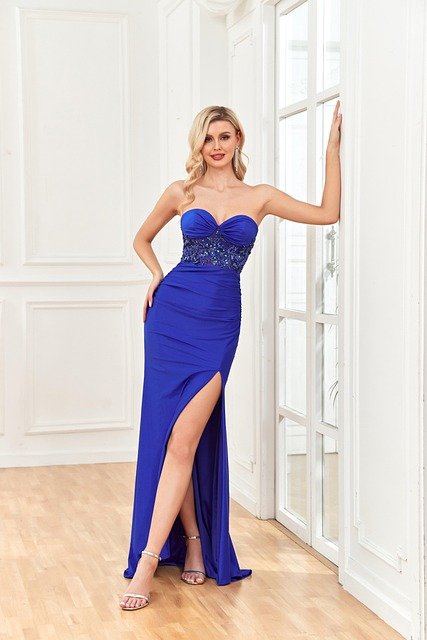Prom Dresses: Choosing Formal Attire for High School Events
Prom season brings an opportunity for young people to express style while respecting the formality of the evening. Selecting a prom dress balances personal taste, school guidelines, and the specifics of the venue. This article outlines practical considerations for choosing prom dresses for a formal event, with attention to fit, comfort, and lasting elegance.

What makes a prom dress suitable for a formal event?
A dress for a formal event is defined by its overall silhouette, fabric choice, and level of refinement. Fabrics such as chiffon, satin, tulle, and crepe often read as more formal because they drape well and photograph consistently under event lighting. Details like clean seams, modest embellishments, and classic cuts—A-line, sheath, and ballgown—tend to align with formal dress codes. Consider the venue and tone: a school ballroom or banquet hall often calls for dresses that are elegant without being theatrical.
Fit and tailoring also influence formality. A well-fitted bodice and hemline create a polished look even in simpler styles. If the school posts a dress code, check collarlines and midriff exposure to ensure the dress meets expectations. Comfort matters too—formal does not have to mean restrictive; breathable fabrics and appropriate undergarments can keep an evening enjoyable.
How to choose prom dresses for a high school dance?
Choosing a dress in a high school context includes practical and social considerations. Start by reviewing any posted dress code to avoid last-minute issues. Think about how the dress will perform across the evening: will it allow you to sit, dance, and move between photos without fuss? Budget is another practical aspect—set a realistic range and account for alterations and accessories.
Coordinating with friends can be fun but unnecessary; diversity of styles often looks best in group photos. Also consider timelines: order early if buying custom or off-the-rack styles that require tailoring. If sustainability matters, look at pre-owned options or retailers that list garment materials and production practices. Finally, plan for transport and storage—some fabrics crease, and structured gowns may need a garment bag or careful handling.
Which formal attire details matter most?
Formal attire involves attention to details that elevate a dress beyond casual wear. Seams, lining, and closures (zippers, invisible seams) affect how a dress sits and moves; visible flaws are more noticeable in formal settings. Neckline and sleeve choices influence the overall silhouette—strapless, halter, and off-shoulder styles each create different visual balances that work better with certain body types.
Accessories contribute significantly: a modest clutch, understated jewelry, and shoes that match the formality will complete the ensemble. Consider undergarments such as supportive bras or shapewear that suit the dress’s cut. Lighting at the venue can change color perception, so test how the dress looks in different lights before the event. Good tailoring can transform an affordable dress into formal attire that appears custom-made.
What should a girl consider for fit and comfort?
A girl choosing a prom dress should prioritize fit that supports both aesthetics and mobility. Focus first on torso fit—bust and waist—then address hem length for footwear and dancing. Shoes are part of the fit equation; practicing walking and dancing in them before the event prevents surprises. If heels are planned, consider temporary flats for times when feet need a break.
Breathability and temperature control can affect comfort during long evenings; layered fabrics or light wraps help with variable venue climates. Also consider simple, practical solutions like sewn-in bra cups, reinforced seams around stress points, and hems that won’t catch on steps. Emotional comfort matters too: choose a style that aligns with personal confidence and feels authentic for the occasion.
How to achieve subtle elegance without overdoing it?
Elegance for prom often means restraint and cohesion. Choose one focal element—a striking neckline, a textured fabric, or a single statement accessory—and keep the rest clean. Avoid over-embellishing both dress and accessories at once; when the gown features heavy beading, simpler jewelry typically complements it better. Color choices can convey timelessness: jewel tones, soft pastels, and classic neutrals are versatile without being trendy.
Tailoring plays a central role in elegance. Even modest adjustments to hem length, waist fit, or sleeve openings can elevate the dress’s lines. Think about hair and makeup as part of a unified presentation rather than separate experiments; coordinating tones and textures ties the full look together. Elegance is as much about posture and confidence as fabric and cut—standing comfortably in your choice sends a clear visual message.
Conclusion
Prom dresses for formal high school events combine practical planning with personal expression. By considering dress codes, fabric, fit, and supporting details like shoes and alterations, students can select formal attire that suits the venue and feels authentic. Thoughtful choices around tailoring and accessories help achieve lasting elegance while keeping comfort and mobility central to the evening’s experience.






